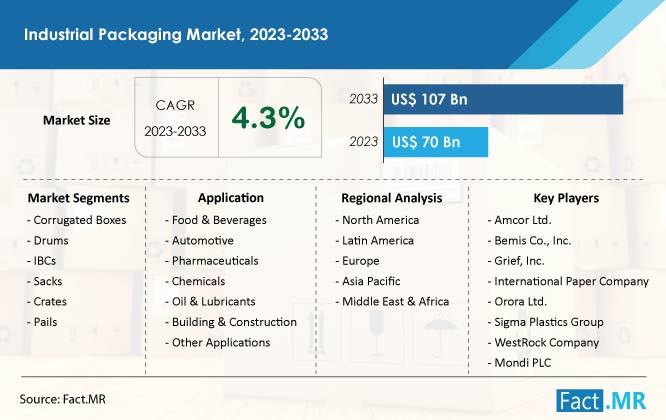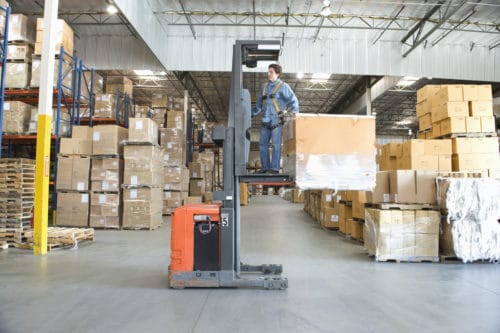Top quality in Every Mold: Plastic Container Manufacturer Expertise
Top quality in Every Mold: Plastic Container Manufacturer Expertise
Blog Article
Reliable Industrial Recycling Solutions for Lasting Packaging: A Comprehensive Guide
That's where this thorough guide on reliable industrial recycling solutions for lasting packaging comes in. By exploring key areas such as product packaging material option, developing for recyclability, applying reusing infrastructure, teaming up with recycling companions, and monitoring and measuring reusing success, this overview will certainly equip you with the understanding and tools essential to make educated choices and drive positive adjustment within your company. Whether you're a packaging specialist, sustainability manager, or merely interested in the topic, this overview will give important understandings and techniques to help you navigate the globe of lasting packaging.
Packaging Product Option
The selection of packaging materials plays a crucial function in making certain the sustainability of commercial reusing solutions. The choice of products is crucial in lessening ecological effect and making the most of reusing effectiveness when it comes to sustainable packaging. Selecting the right products can aid lower waste generation, preserve resources, and promote a round economic situation.
One vital variable to think about in packaging product option is recyclability - industrial packaging solutions. Products that can be quickly recycled and included back right into the production cycle are preferred. Products like cardboard, paper, glass, and specific kinds of plastics can be reused multiple times without shedding their top quality. On the other hand, materials that are tough to reuse, such as non-recyclable compounds or blended plastics, can develop difficulties for the recycling procedure and might end up in burners or garbage dumps.
An additional consideration is the usage of naturally degradable and renewable materials. Product packaging made from renewable sources, such as plant-based plastics or biopolymers, can aid lower dependency on fossil gas and mitigate climate modification. Furthermore, biodegradable materials break down normally over time, lowering the accumulation of waste in garbage dumps.
In addition, the weight and volume of packaging materials need to be reduced to minimize transport prices and power consumption. Lightweight materials not only call for less sources throughout manufacturing but also add to decrease carbon exhausts during transport.
Designing for Recyclability
Packaging developers need to focus on the use of materials that are widely approved for reusing and have established recycling frameworks. Products such as glass, aluminum, and particular kinds of plastic, like Family pet and HDPE, are frequently recycled and should be favored over products that are expensive or challenging to reuse.
One more important consideration in designing for recyclability is the elimination of unneeded elements or products. By decreasing the variety of layers, finishings, and additional elements, packaging can be made less complex and less complicated to recycle. In addition, designers should intend to minimize making use of combined materials, as they can make complex the recycling process.

Implementing Recycling Framework
Efficient application of recycling facilities is essential for the success of commercial recycling options. Without appropriate infrastructure in area, the recycling process comes to be ineffective and inefficient, impeding the total objective of lasting packaging.
To apply recycling facilities successfully, numerous crucial aspects require to be considered. There ought to be a well-organized collection system that assists in the splitting up and collection of recyclable materials. This can include assigned recycling bins in public areas, more tips here along with collaborations with waste management companies for curbside pickup and sorting.
As soon as gathered, the recyclable materials need to be delivered to reusing centers in a timely way. This needs reliable logistics and transport networks, making certain that the products reach the suitable facilities right away.
At the recycling facilities, progressed sorting and processing innovations must remain in location to divide various sorts of materials successfully. This includes making use of automated sorting devices, optical scanners, and hands-on sorting see this page techniques.
Additionally, there should be a robust market need for recycled products. This can be accomplished with partnerships with producers and industries that use recycled products in their manufacturing processes. Creating a steady market for recycled materials incentivizes the recycling industry and advertises the round economic climate.
Working Together With Recycling Partners

One secret aspect of teaming up with reusing partners is the facility of clear interaction channels. It is crucial to develop open lines of communication to promote the exchange of info, updates, and responses. This allows both parties to remain educated about the progression of recycling campaigns and deal with any kind of difficulties or problems that might occur.
Additionally, partnership can involve joint initiatives in developing and implementing reusing programs. Reusing partners can give important understandings and assistance in creating efficient collection systems and establishing the most proper recycling technologies. By interacting, businesses and reusing companions can optimize the reusing procedure and minimize waste.
Additionally, collaboration can prolong past the functional aspects of recycling. It can likewise incorporate advocacy and education efforts. By signing up with pressures, businesses and recycling companions can increase recognition concerning the significance of recycling and promote the adoption of lasting product packaging techniques amongst consumers and other stakeholders.
Monitoring and Measuring Recycling Success
To make certain the performance of industrial recycling services and the accomplishment of lasting product packaging objectives, it is crucial for companies and their recycling partners to establish a detailed system for monitoring and determining reusing success (bulk container recycling). Gauging and tracking reusing success enables services to examine the influence of their reusing initiatives, determine areas for enhancement, and established purposeful targets for future progression
One means to track reusing success is via making use of data collection and evaluation tools. By gathering data on the quantity of product packaging waste produced, the portion of waste that is recycled, and the kinds of materials being reused, organizations can get important insights right into their recycling efficiency. This data can after that be assessed to recognize patterns, patterns, and areas of inefficiency.
Another important facet of monitoring and measuring reusing success is establishing clear and standardized metrics. This permits services to compare their efficiency against sector criteria and track their development over time. Metrics such as reusing rates, waste diversion Source prices, and greenhouse gas discharges can provide a measurable step of a company's reusing success.

Final Thought
In conclusion, applying efficient commercial recycling options for sustainable product packaging needs careful factor to consider of packaging product choice, designing for recyclability, carrying out recycling framework, working together with recycling partners, and monitoring and measuring reusing success. By incorporating these methods, companies can add to an extra lasting and environmentally-friendly technique to product packaging, lowering waste and promoting the round economy.
By discovering essential locations such as packaging product option, developing for recyclability, applying recycling facilities, collaborating with recycling companions, and monitoring and measuring reusing success, this guide will certainly outfit you with the understanding and devices necessary to make educated choices and drive positive modification within your company. Packaging designers must focus on the use of materials that are commonly approved for reusing and have established reusing frameworks.Collaboration with recycling partners is necessary for the effective implementation of industrial recycling options and the accomplishment of sustainable product packaging goals. By joining forces, services and reusing companions can elevate awareness regarding the value of reusing and advertise the fostering of sustainable product packaging techniques amongst customers and various other stakeholders.
By accumulating information on the quantity of product packaging waste created, the percent of waste that is reused, and the kinds of products being reused, businesses can obtain valuable insights right into their recycling performance.
Report this page